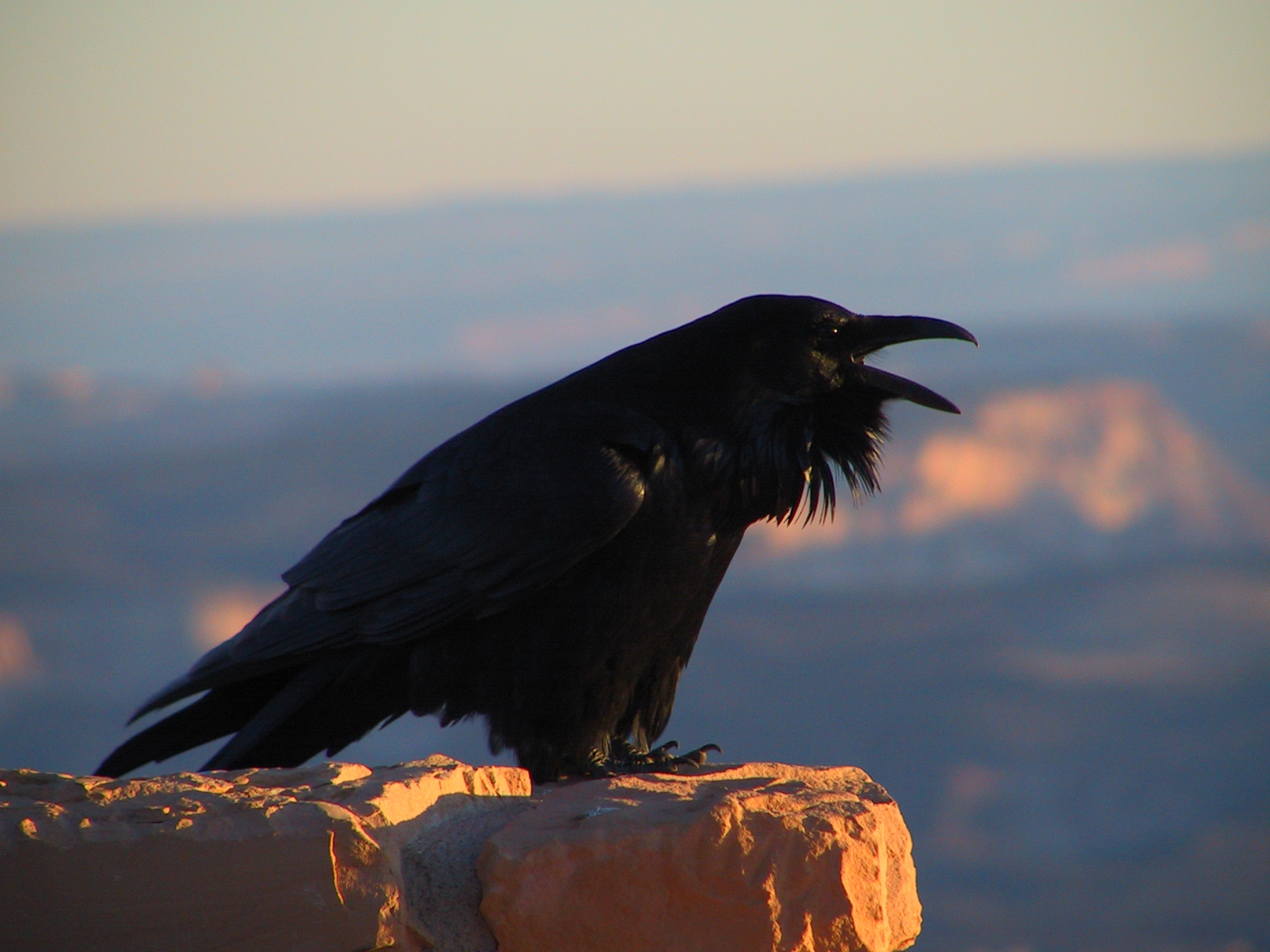User:ThirdDolphin: Difference between revisions
Appearance
Content deleted Content added
ThirdDolphin (talk | contribs) adding a ridiculously huge picture :D |
ThirdDolphin (talk | contribs) remove a project I no longer participate in. |
||
| (17 intermediate revisions by 5 users not shown) | |||
| Line 1: | Line 1: | ||
| ⚫ | |||
| ⚫ | |||
{{User wikipedia/Administrator someday}} |
|||
| ⚫ | |||
{{User wikipedia/RC Patrol}}{{user en}} |
|||
{{pic of the day}} |
{{pic of the day}} |
||
| ⚫ | |||
{{user en}} |
|||
| ⚫ | |||
| Line 11: | Line 13: | ||
{{opentask}} |
{{opentask}} |
||
{{gamebox}} |
|||
{{WikiProjectSeattleTasks}} |
|||
| ⚫ | |||
Latest revision as of 00:00, 4 January 2021
| This is a Wikipedia user page. This is not an encyclopedia article or the talk page for an encyclopedia article. If you find this page on any site other than Wikipedia, you are viewing a mirror site. Be aware that the page may be outdated and that the user whom this page is about may have no personal affiliation with any site other than Wikipedia. The original page is located at https://en.wikipedia.org/wiki/User:ThirdDolphin. |
| This user is not a Wikipedia administrator but would like to be one someday. |
| This user participates in WikiProject Classical Greece and Rome. |
| This user participates in WikiProject Tree of Life. |
| {{inline}} | This user is a member of WikiProject Inline Templates. |
| This user is a recent changes patroller. |
| en | This user is a native speaker of the English language. |
The fork-tailed flycatcher (Tyrannus savana) is a bird in the family Tyrannidae, the tyrant flycatchers. Named after their distinguishably long, forked tails, particularly in males, fork-tailed flycatchers are seen in shrubland, savanna, lightly forested and grassland areas, from southern Mexico south to Argentina. They tend to build their cup nests in similar habitats to their hunting grounds (riparian forests and grasslands). Males perform aerial courtship displays to impress females involving swirling somersaults, twists, and flips, all partnered with their buzzing calls. These courtship displays utilise the long tail feathers. This male fork-tailed flycatcher of the subspecies T. s. monachus was photographed in Cayo District, Belize, demonstrating its characteristic forked tail while in flight.Photograph credit: Charles J. Sharp
You can help improve the articles listed below! This list updates frequently, so check back here for more tasks to try. (See Wikipedia:Maintenance or the Task Center for further information.)
Fix wikilinks
Update with new information
Expand short articles
Check and add references
Fix original research issues
Improve lead sections
Add an image
Help counter systemic bias by creating new articles on important women.
Help improve popular pages, especially those of low quality.


